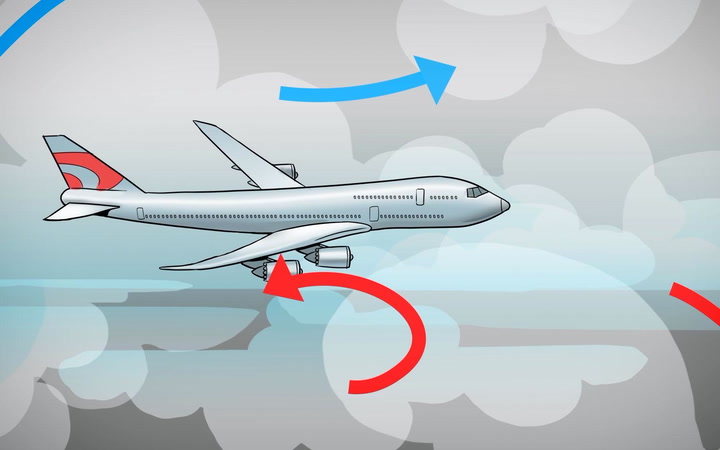Summary
Plus the best way to ensure your safety on those bumpy rides.
Fact-checked by Sarah Cahalan
Flying is one of the safest forms of transportation, but it may not feel like it when turbulence strikes. What exactly is that “rough air” pilots always talk about? How much disturbance is considered normal? Read on for the low-down.
What Causes Turbulence?
Airplanes travel on wind flow. Most of the time, it’s smooth, making for an easy flight. However, sometimes the smooth air turns choppy — think waves on an ocean — causing the plane to rise, fall, and sway as it makes its way across the sky.
These eddies of rough air are caused by three main categories of interference:
- Thermal: where warm air rises through cooler air;
- Mechanical: where a mountain or manmade structure alters airflow;
- Shear: which occurs along the border between two pockets of conversely moving air — like if a pilot crosses into the jet stream to take advantage of a tailwind.
The Federal Aviation Administration reports that around 160 serious injuries were caused by turbulence between 2009 and 2012. Considering the FAA manages 45,000 flights per day, that makes injury quite rare.
Why You Shouldn’t Be Worried
While turbulence can feel scary, airplanes are designed to withstand immense amounts of it. “A plane cannot be flipped upside down, thrown into a tailspin, or otherwise flung from the sky by even the mightiest gust or air pocket,” wrote pilot Patrick Smith on his site, AskThePilot.com. “Conditions might be annoying and uncomfortable, but the plane is not going to crash.”
Moreover, modern airplanes are built to endure everything from bird strikes to lightning strikes, extreme heat and cold, and severe wind gusts. Consequently, a well-maintained commercial airliner can handle some turbulence.
Additionally, airplane pilots usually know when turbulence is coming thanks to weather reports and a game of telephone played at 30,000 feet. When pilots encounter choppy air, they alert air traffic control, as well as the pilots guiding other aircraft along the same flight path. Pilots or ground support can often spot turbulent air on the radar or recognize some telltale weather patterns with enough time to brace themselves and their passengers. This notification allows them to slow the plane down to “turbulence penetration speed.”
However, there is one type of turbulence that remains unpredictable: clear-air turbulence. This occurs unexpectedly in clear skies and can be the most dangerous due to its sudden onset, which gives no time for the flight crew to warn passengers to return to their seats and buckle up.
How to Stay Safe During Turbulence
The few individuals who sustain injuries from turbulence annually in the U.S. typically do so because they weren’t wearing seat belts, according to the FAA. Many of those injured are flight crew members, who may walk around the cabin during turbulence to remind passengers of safety precautions. When that seatbelt light illuminates, it’s best to comply. This is the pilot and flight crew’s attempt to keep you safe in the event of clear-air turbulence, which is responsible for most turbulence-related injuries.
Furthermore, pilots always wear their seat belts.
Why Turbulence Could Be Getting Worse
As climate change continues to impact our planet, some scientists suggest that turbulence will become more frequent and severe. A 2019 report published in the journal Nature found that climate change could increase severe turbulence occurrences up to three times more common by 2050 to 2080.
Fortunately, researchers are developing new software and laser-based technology that could assist airplanes in avoiding turbulence entirely. The 787 Dreamliner, for example, is equipped with sensors that better predict invisible rough air, theoretically allowing pilots to navigate around it.
If you’re a nervous flier, you can always consult Turbulence Forecast ahead of your departure.




